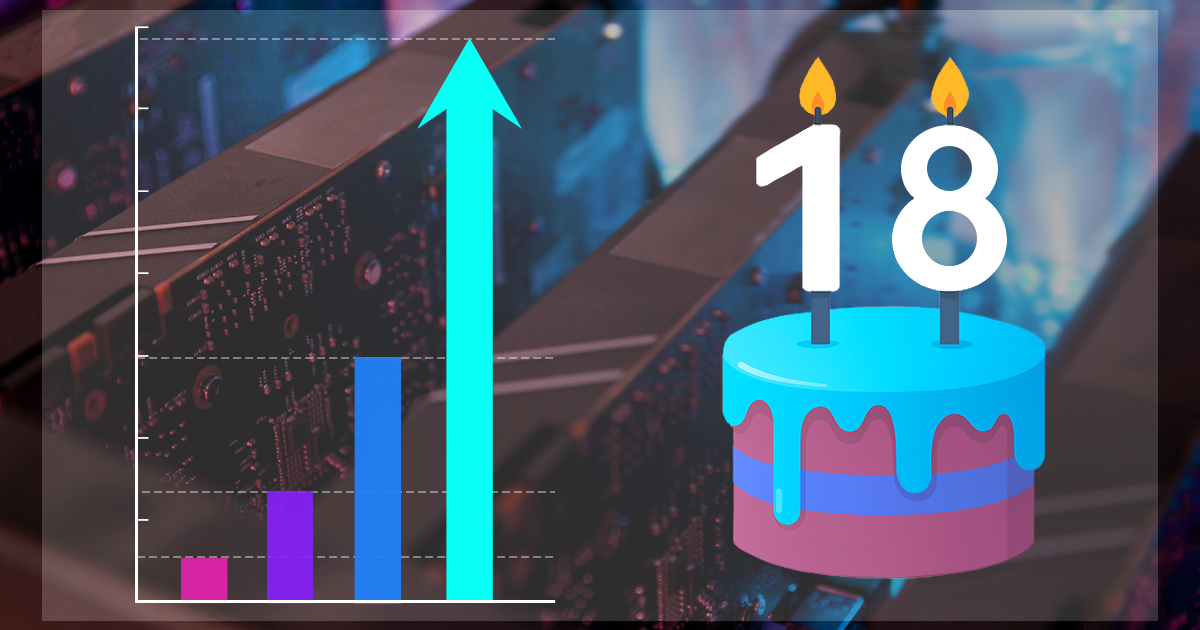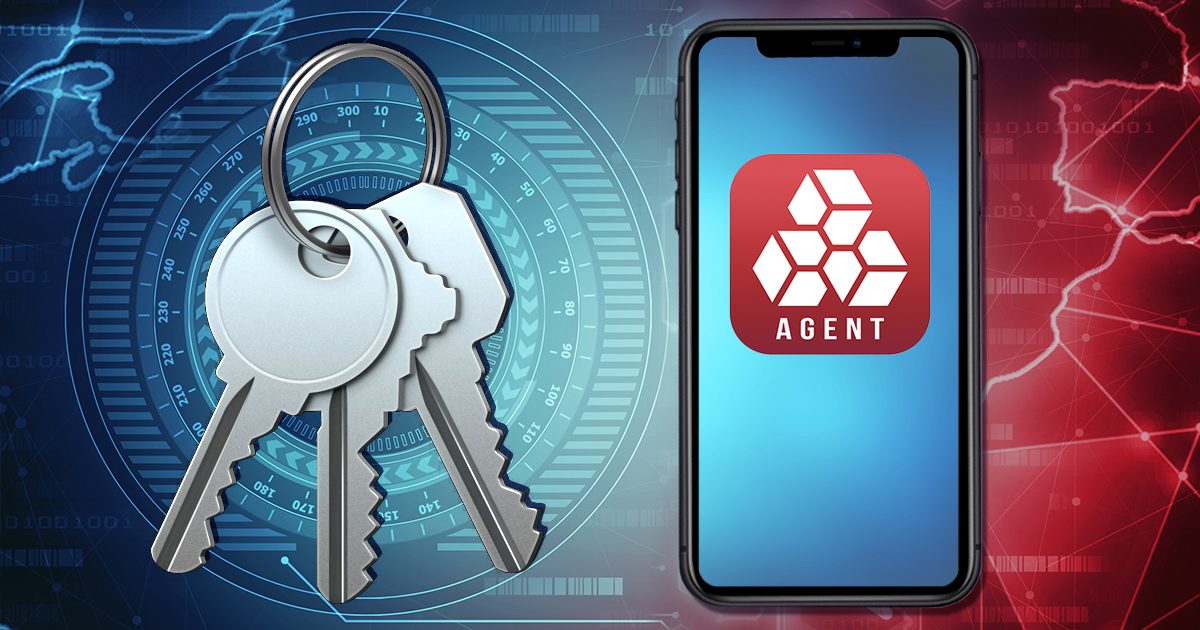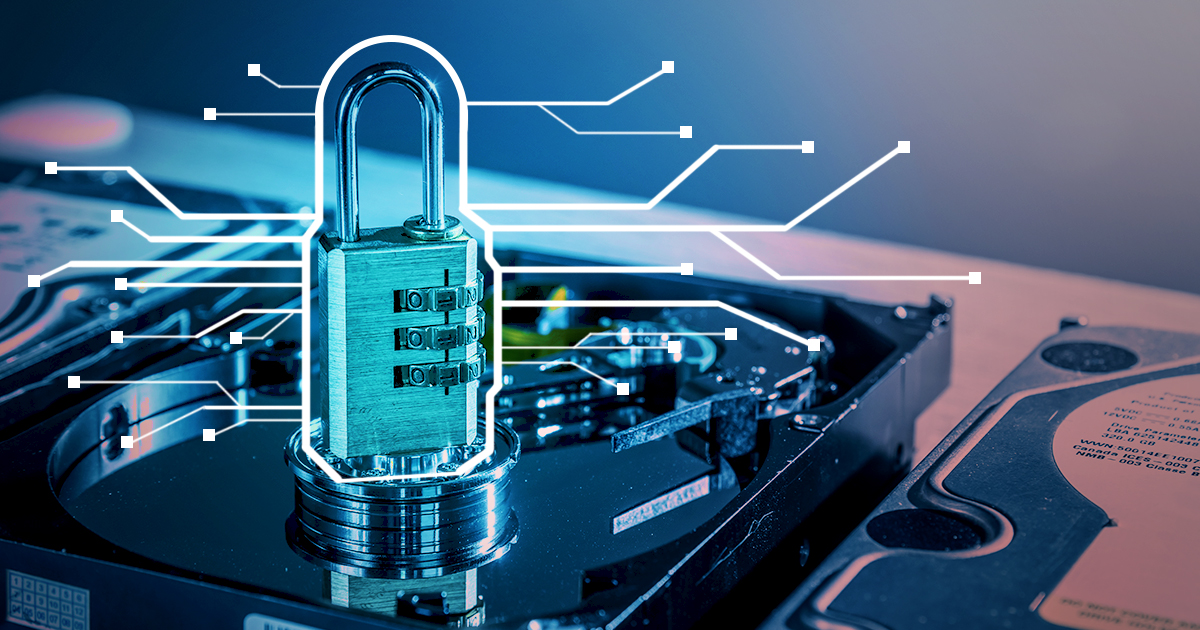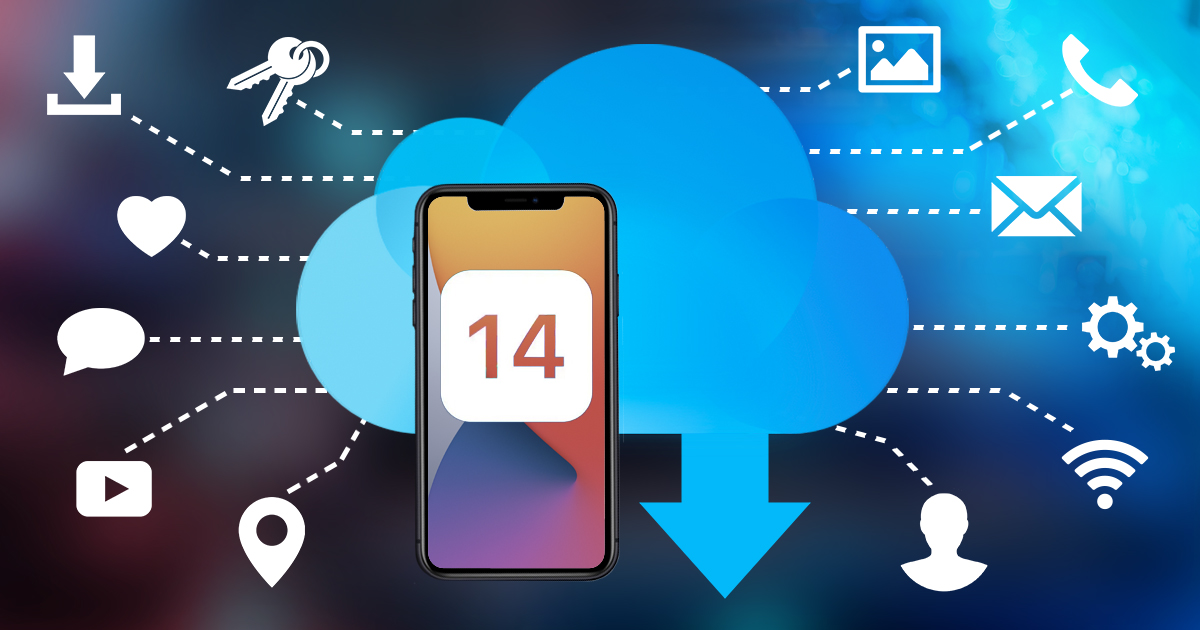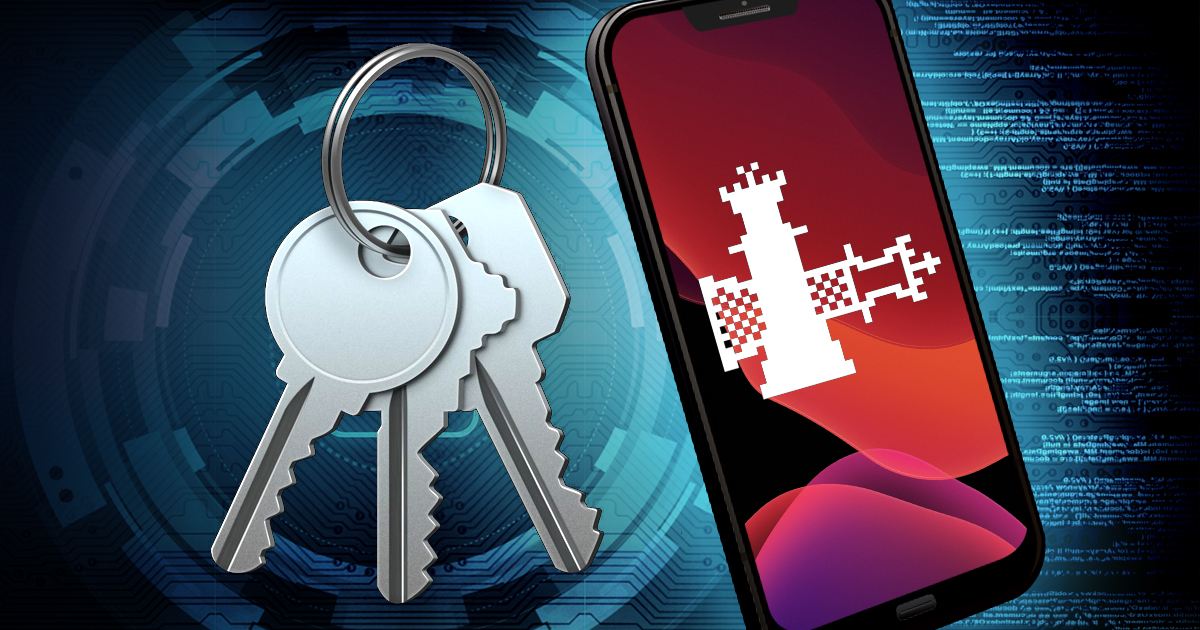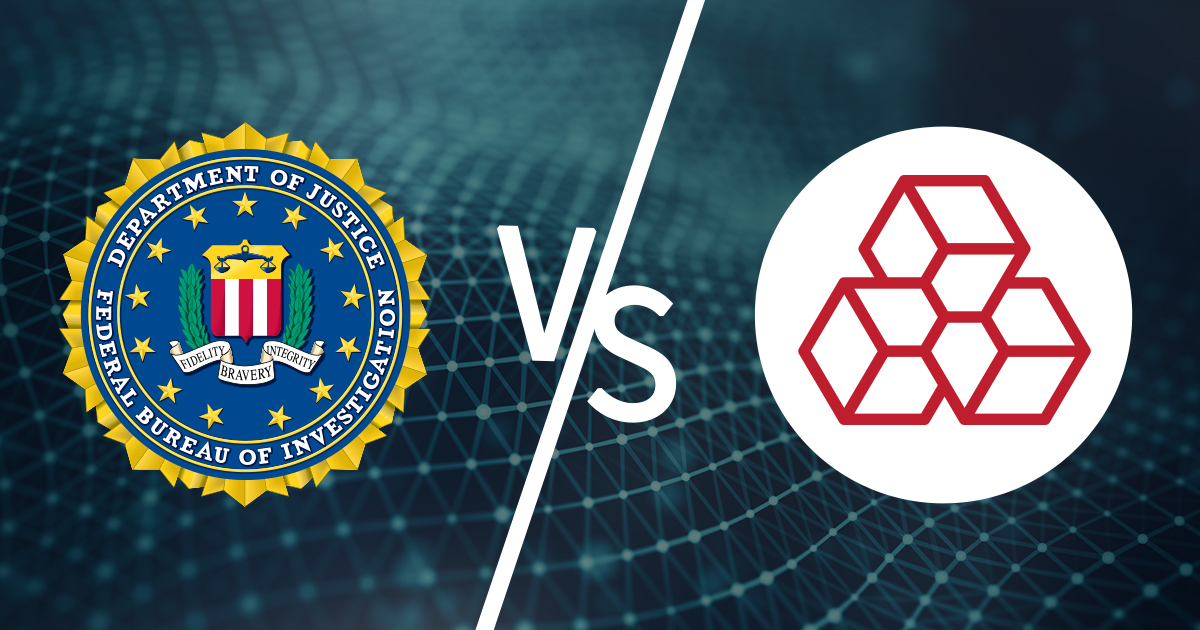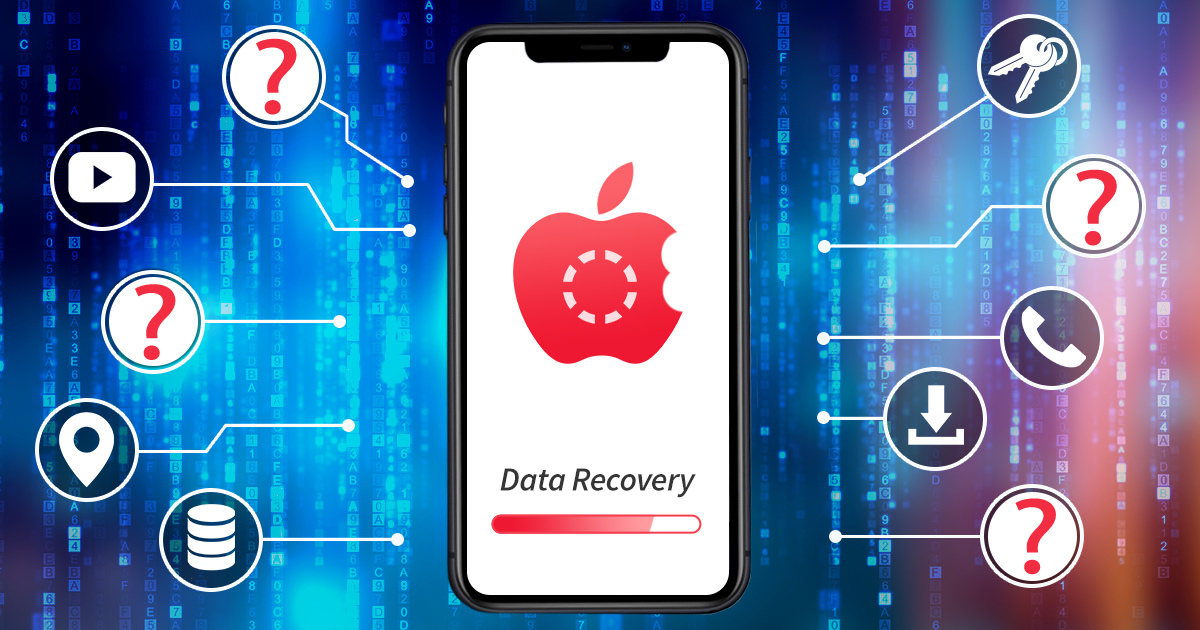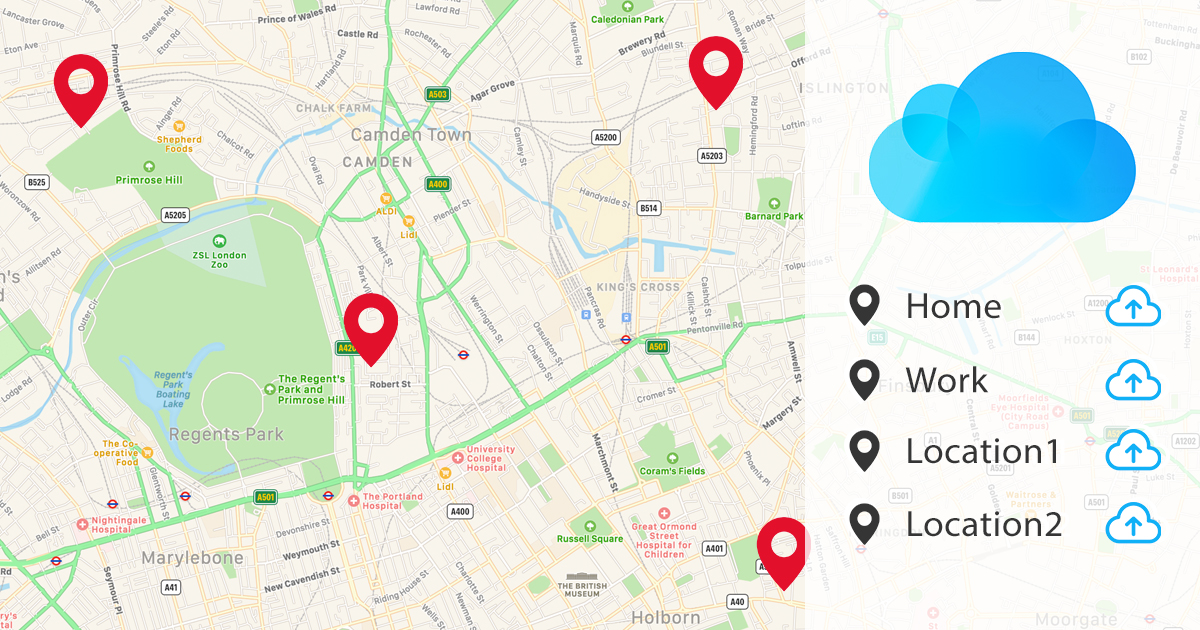July 16th, 2020 by Olga Koksharova
19 years ago, on July 16, 2001, the FBI arrested Dmitry Sklyarov, almost immediately after his speech at the DEF CON hacker conference, on a number of charges by Adobe. Dmitry was accused of many things, from software trafficking to conspiring with Elcomsoft and “third parties”, who put up the software for sale that could bypass technological protection on copyrighted material. Dmitry’s career at Elcomsoft began with a project on gaining access to protected Access databases. Soon, Dmitry got an idea about the security of PDF documents, and so he started working on it. From this idea the never-to-be-forgotten Advanced eBook Processor was born, because of which Dmitry was arrested in 2001 at DEF CON in Las Vegas, NV.
Read the rest of this entry »
